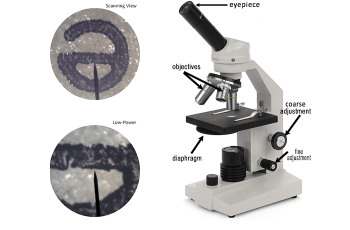Search results for: “need”
-
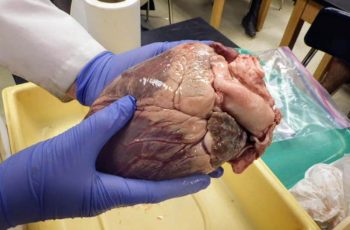
The Desperate Dozen
This is an introductory lesson for anatomy and physiology that I use as an icebreaker during the first few days of school. Students start learning classroom norms, particularly how to work in groups and what group expectations are. In this activity, students must decide the order in which hearts will be allocated to people needing…
-
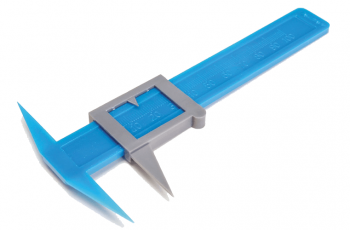
Explore the Senses
Students rotate between 6 stations where they perform tasks to perform related to the senses, such as two point discrimination and reaction time.
-
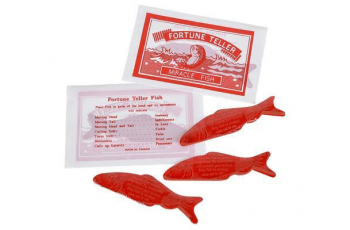
Fortune Telling Fish
This activity is perfect for a first day or as an introduction to the scientific method. Though there isn’t quite as much cooperation as the “Saving Sam” activity, the fortune telling fish allows students to explore the nature of science together. The handout linked can be given to students, or you can also project them…
-
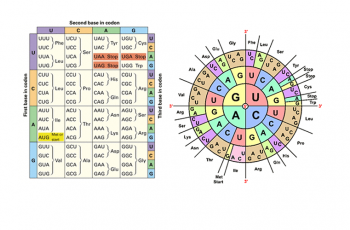
Protein Synthesis Practice Using Codon Charts
Practice using a codon chart to determine amino acid sequences from DNA.
-

Label and Color the Urinary System
This simple worksheet asks students to label the major structures of the urinary system. They can also choose to color the diagram. I use coloring sheets in anatomy and physiology classes but this could also be used in biology or as a supplemental graphic for a frog or fetal pig dissection. Though many of my…
-
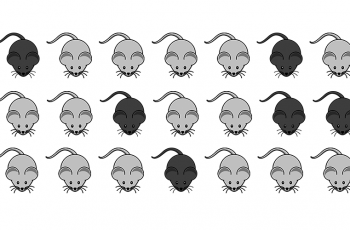
Hardy Weinberg Problemset
Hardy-Weinberg equilibrium (HWE) is a fundamental concept in population genetics that describes the theoretical relationship between allele frequencies and genotype frequencies in an ideal, non-evolving population. Students can practice using the Hardy Weinberg equilibrium equation to determine the allele frequencies in a population. This set of 10 questions gives students just enough information to solve…
-
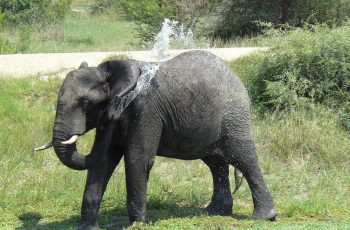
African Elephant – Change Over Time
Students read about how elephant populations declined over a century due to the ivory trade and how international laws attempt to protect elephants. A video shows how female elephants in some areas have evolved the tuskless trait in response to selective pressure from poaching.
-
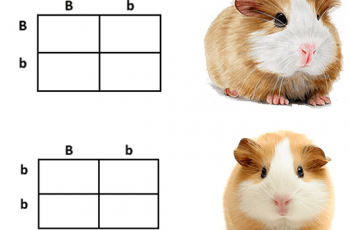
Genetics Practice Problems – Easy Mode
This worksheet was created for an introductory level biology class. This worksheet is designed to move through difficulty levels, so students start with “easy mode,” then moving to “normal” and then finally “hard mode.” Students can move at their own pace, which instructors can help students who are struggling.
-
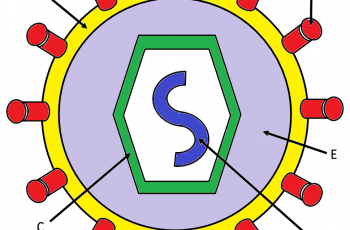
How Do Viruses Infect Cells (Coloring)?
A simple worksheet that explains how viruses infect cells which include diagrams to label and an image of a typical virus for students to color the envelope, proteins, DNA, and the capsid.
-
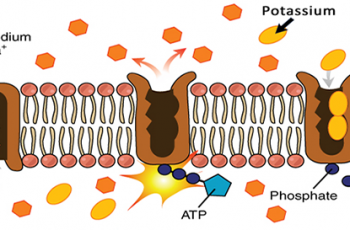
Cell Membrane Captions
Students examine images of transport across the cell membrane and identify key features such as the phospholipid bilayer, channel proteins, and receptors. Students then provide a title, such as “osmosis” and create a caption that describes the process being shown.
-
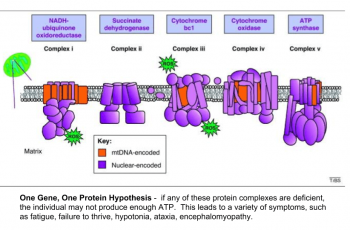
What Causes Mitochondrial Disease – CER
Describes genes in the nuclear DNA and in the mitochondrial DNA and proteins found in the inner membrane of the mitochondria. Mutations can lead to disorders.
-
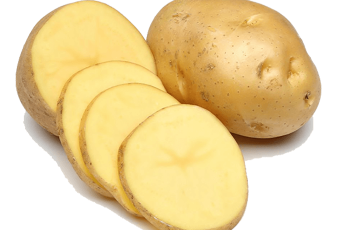
Investigation: The Effect of Salt on a Potato
Students observe how the mass of a potato slice changes when soaked overnight in salt water. The activity is intended to be done as part of a lesson on osmosis and hypertonic and hypotonic solutions. Students will need about 15 minutes to set up their cups, weigh their slices and make predictions about what they…
-
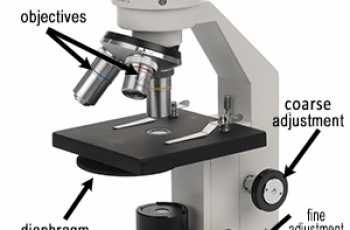
Microscope Introduction – “e” Lab
This lab is similar to the “e” lab used with freshman biology, but designed for students in the vocational track. It has less reading and more detailed steps for using the microscope as well as a larger font and bigger spacing.
-
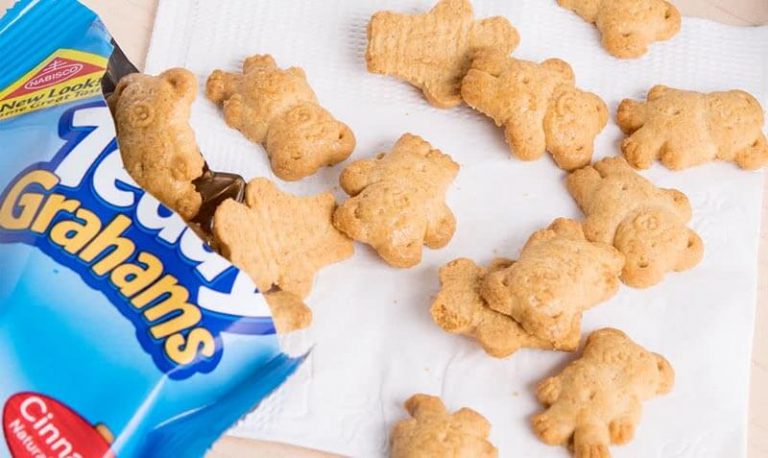
Teddy Graham Lab Modeling HW Equilibrium
Model Hardy Weinberg equilibrium using Teddy Grahams. Compare happy bears to sad bears.


